Scope
| A smart community brings together cities, industry and citizens to improve the quality of urban life through more sustainable, integrated solutions. This involves, for example, applying innovation, improving planning, attaining a more participatory approach, higher energy efficiency, better transport solutions, and intelligent use of Information and Communication Technologies (ICT). The main objective pursued by the research group is the development of algorithms and technologies that can support the smart grid and communities paradigm by performing various intelligent tasks such as learning, control, monitoring, predictive diagnostics, dynamic optimization and energy efficiency. Particular attention is paid to the development of intelligent electricity networks aimed at increasing and maximizing the integration of electricity sources from renewable sources. The study of the problems connected with the achievement of this objective is studied in depth also in relation to the case of an isolated power network, such as that of the islands, port / coastal areas or ships. In this context, the research activities concern the development of new distributed measurement and remote management systems to guarantee the stability of these networks and a good quality of the power supplied (power quality) essential to the correct functioning of the connected equipment. Furthermore, new architecture solutions of communication systems are studied and proposed, able to allow the exchange of information between the different devices installed in the smart electricity networks in order to realize a real time monitoring of the network status. In parallel, the problems of electromagnetic compatibility of the various devices that contribute to the creation of an “intelligent” network (of measurement, communication, power, control, etc.) are examined in order to guarantee the efficiency and effectiveness of the system. A further aspect of development of the enabling techniques for a smart grid concerns the interfacing of sources from renewable sources and accumulation systems with the electricity grid. In this context, we will proceed to the design of innovative types of energy conversion systems and related control algorithms to improve both power quality and dynamic performance, as well as the reliability of existing types, for the pursuit of the objective of reducing both the cost and their weight. Furthermore, in order to guarantee greater reliability of a smart grid, the partial discharge phenomena in the insulation of electric power transmission and distribution systems will be studied and modelled with Computational Electromagnetic (CEM) techniques. |

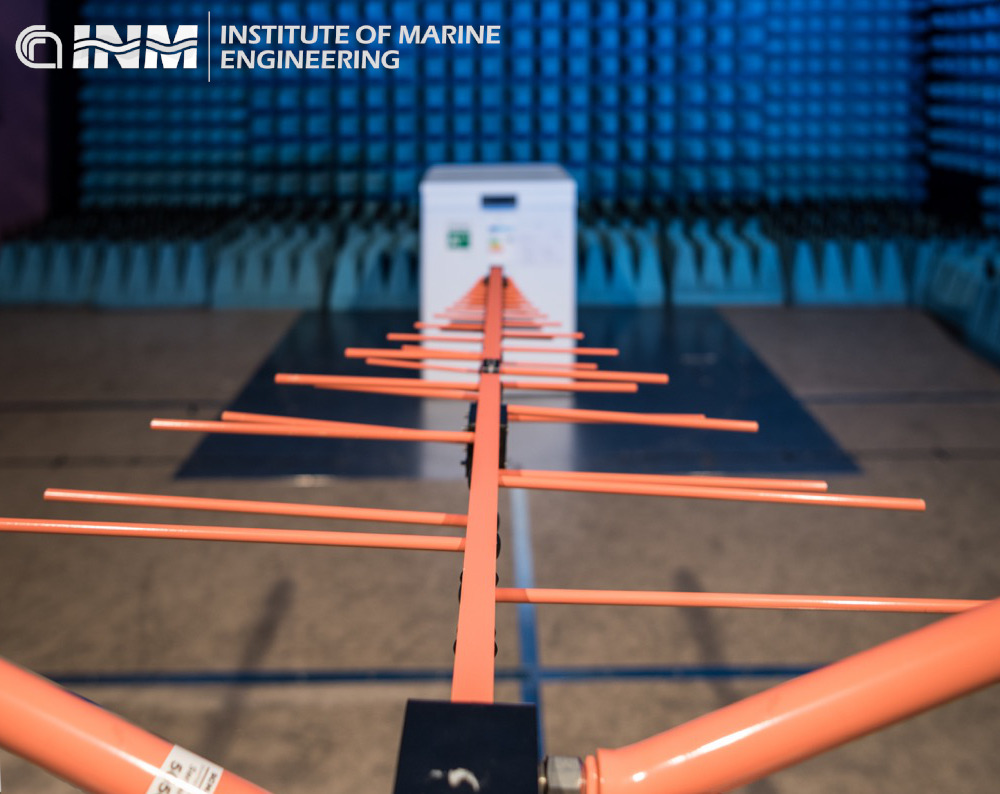
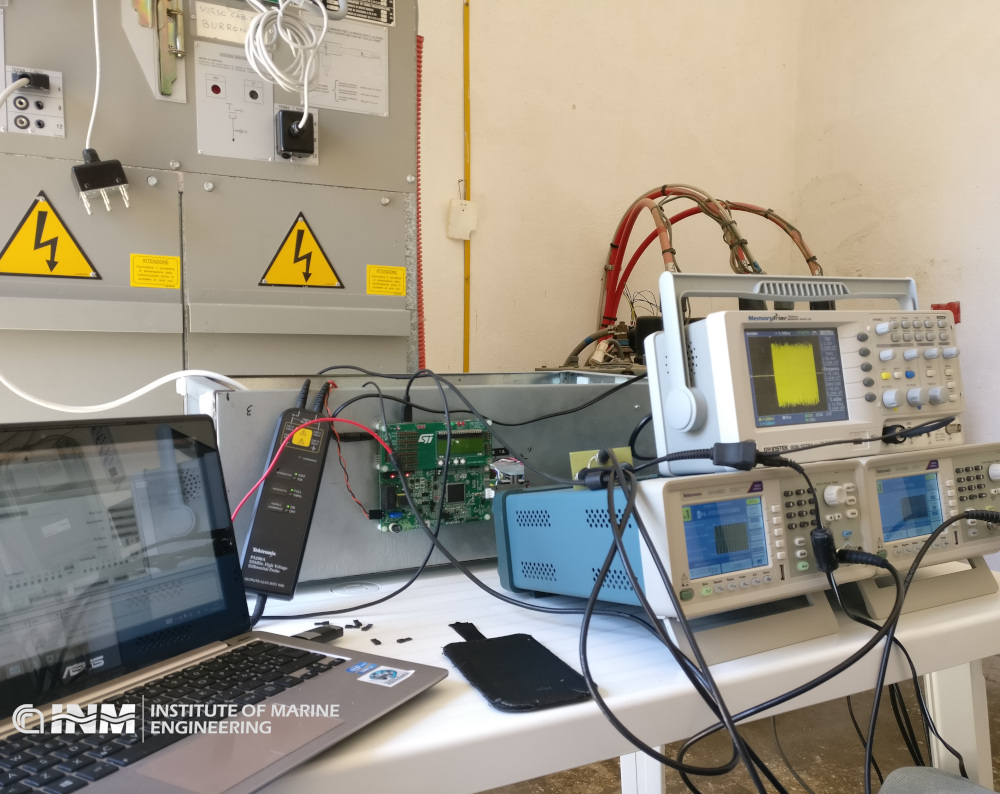
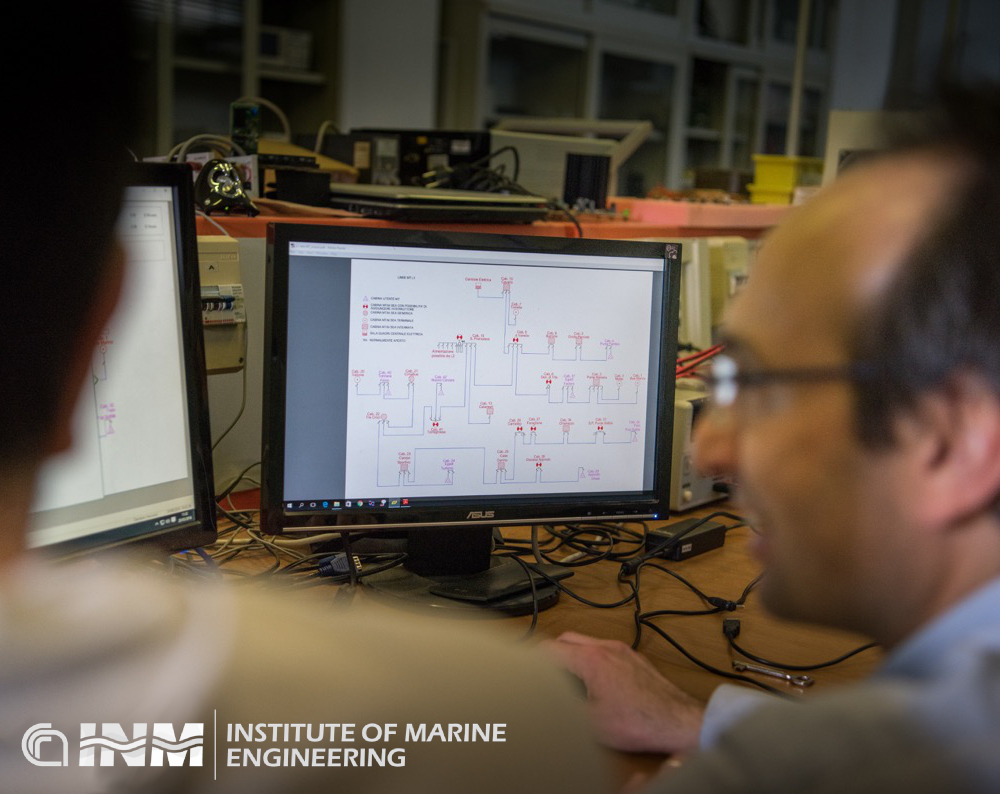
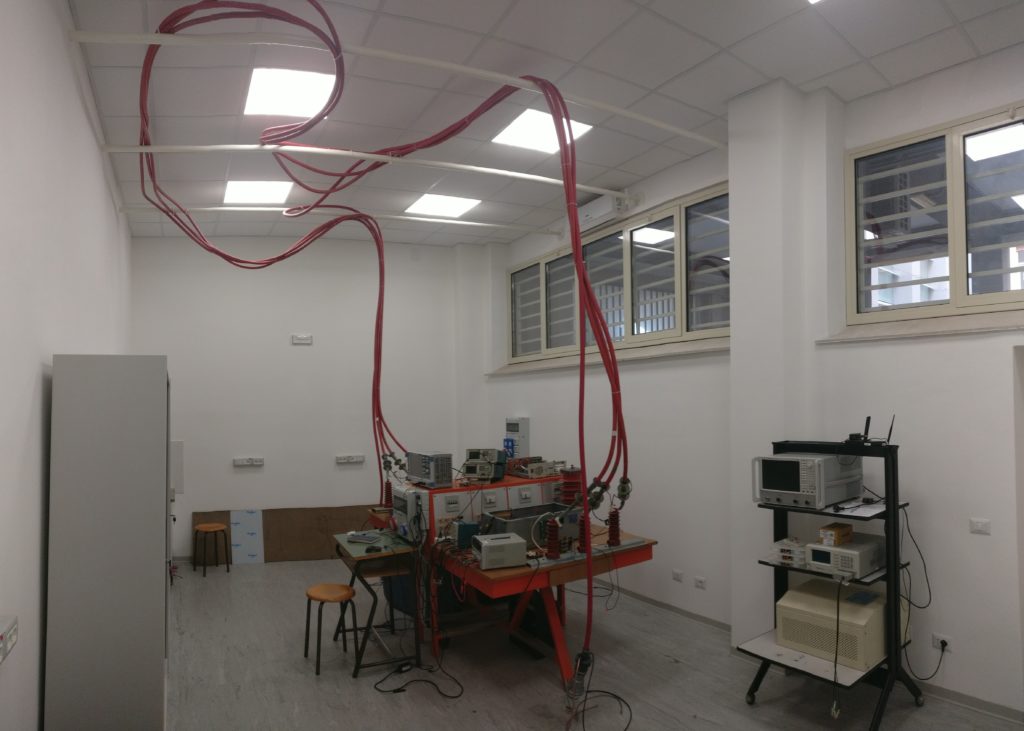
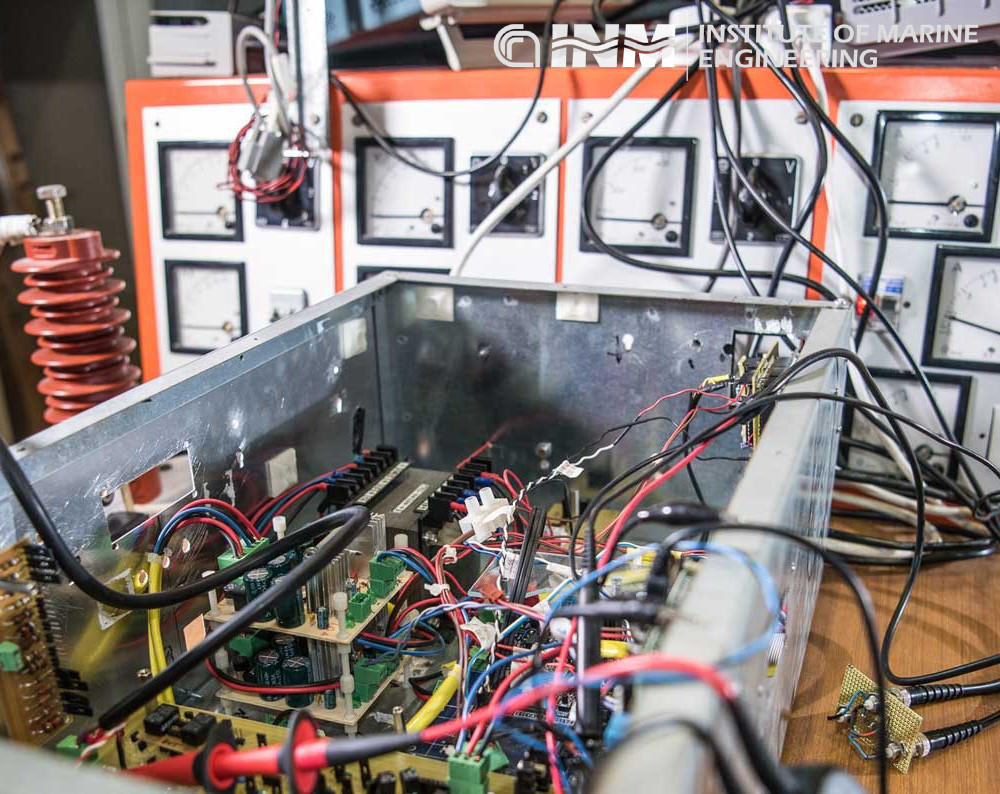
Selected projects
| I-SOLE: (Smart Grids per le Isole Minori – Smart grids for Small Islands) The project is co-financed by the European Union under the program PO FESR SICILIA 2014-2020 Action 1.1.5, Grant n. 08000PA90246 – CUP G99J18000540007 The project partners are: · LAYER Electronics Srl di Trapani · Università degli Studi di Palermo · Consiglio Nazionale delle Ricerche – Institute of Marine Engineering and Institute of Advanced Technologies for Energy “Nicola Giordano” · SOPES s.r.l. di Palermo · SEA Società elettrica di Favignana · Elettromeccanica di Domenico Mangano · STMicroelectronics, University of Palermo Web site line: https://www.progettoisole.com/ Facebook: https://m.facebook.com/progetto.isole.minori/ Linkedin: https://www.linkedin.com/company/progetto-i-isole/ The general objective of the project is to develop low cost and easy to install innovative devices and technical solutions for smart grids, which allow energy management with greater exploitation of renewable energy sources (RES), guaranteeing the safety of the electrical system and greater flexibility in the management of production, storage and demand for electricity. Attention is paid in particular to the realities of the non-interconnected networks of smaller islands, for which the issue of sustainability and the exploitation of RES is of great interest. In fact, it represents a great opportunity in both economic and environmental terms (reduction of the cost of energy, fuel consumption and emissions of current diesel production plants), but it poses various technical problems due to the greater impact of distributed generation. on the stability and safety of the electricity grid with respect to interconnected systems. The project involves the construction of the following demonstrators: Ustica Island Demonstrator: Realization and experimental verification of a photovoltaic generation system with 64 kWp / 59.5 kWh lithium-ion storage. This demonstrator will also include the development and construction of a 20 kW hydroelectric plant, which will allow energy recovery by exploiting the piezometric difference in height created by the island’s desalination plant, managed by the partner SOPES. The generation and storage systems serving the desalinator, the largest electrical load on the island, will be integrated into the Ustica distribution network. In fact, thanks to the participation of the company Elettrica D’Anna and Bonaccorsi, stakeholders of the project, intelligent energy management techniques will be developed for an interaction between distributor and active users, with a view to the energy transition towards smart grids. Favignana Island demonstrator: Realization and experimental verification of a smart grid with distributed generation management and small – medium power distributed storage systems to be located in the secondary substations, appropriately chosen on the basis of an analysis of the power flows on the medium voltage network. This demonstrator will include 4 photovoltaic systems with lithium-ion storage of 2.4 kWp / 9 kWh and 3 lithium-ion storage systems of 23.4 kWh. A SCADA-type centralized monitoring and control system will intelligently interact with all the plants, using the intelligent measurement and communication prototypes developed on the STMicroelectronics electronic platform. Lipari Island demonstrator: Realization and experimental verification of a hydroelectric prototype plant that allows the production of hydroelectric energy by exploiting the piezometric jump between the desalination plant and the sea level. |
| SInERT – (Solutions innovantes pour l’intégration des énergies renouvelables sur le réseau électrique tunisien – Innovative solutions for the integration of renewable energy on the Tunisian electricity grid) This is an international cooperation project between Italy and Tunisia co-funded by European Union Program IEV CT Italia Tunisia 2014-2020. The project partners are: · Università degli Studi di Palermo · Consiglio Nazionale delle Ricerche – Istituto INM di Palermo · LAYER Electronics Srl di Trapani · École Supérieure des Communications de Tunis (SUP’COM) (Tunisia) · ACTIA group Recherche et Développement en Informatique Appliquée (ARDIA), Ariana (Tunisia) Furthermore the project sees as associated partners: · STEG: Société Tunisienne d’Electricité et du Gaz · SOPES s.r.l. di Palermo · Impresa Elettrica D’Anna e Bonaccorsi di Ustica · Comune di Ustica Web site line: https://www.projetsinert.com/fr/ FB LINK: https://www.facebook.com/ProjetSinert CUP B74I19001040006 The project involves the development of innovative solutions to increase distributed generation of renewable energy in medium and low voltage power distribution networks. The proposed solutions will in particular be oriented towards isolated or weakly interconnected electricity networks, such as those of the smaller Tunisian and Sicilian islands and / or rural areas. In these networks, in fact, the increase in distributed generation (DG) can lead to critical situations, network instability, uncontrolled variation in voltage and frequency or to undesired operating modes (islanding). The purpose of this project is therefore the development of an intelligent management solution that implements advanced features for monitoring, protection and automation of distributed generators (DG) and storage systems. The ambition is to develop new industrial systems, innovative, low cost and easy to install, which include bidirectional power converters, interface protection systems, communication systems and management algorithms to be implemented in the control, supervision and data acquisition systems of the distributor, in order to guarantee the full exploitation of renewable energy sources and the consequent reduction of environmental pollution due to the use of fossil fuel and their transport. |
| SMART GRID – Communication, Measurement And Automation Study, Design And Development Of Islanded And Interconnected EMC Compliant Smart Grids Abstract. In the last years, the diffusion of distributed generation systems (DGs), mainly based on renewable energy sources (RES), has required the need of a higher level of automation of the electrical networks, which in the next future has to become smart grids. In this evolution, new measurement tools and strategies and bidirectional communication systems are required, in order to implement not only simple functions (such as the disconnection of a DG in the case of unwanted islanding), but also more complex tasks such as the management of islanding in the presence of faults in other parts of the network (i.e. safe islanding), reconfiguration of the network topology, remote control of DGs (to allow their participation in the regulation of voltage and frequency), power quality analyses. Summary. A key role in the distribution grid can be played by the storage systems (SS), especially those decentralized (including even those of electric vehicles). In fact, when DGs from RES are present in the network, the SS can allow the energy storage during periods when the energy production overcomes the load consumption, thus preventing the reversal of power flows on the network. Objectives. The general aim of the project is the development of innovative technology for smart grids, in order to increase the integration of distributed generation (DG) based on renewable energy sources (RES). In detail the objectives of the project are: – design of new intelligent measurement systems for the remote monitoring of load consumption and power quality of the grid; – study of innovative algorithms for the load flow analysis and the anti-islanding protection; – development of new communication systems for the information exchange between the different devices connected to the grid, with a particular focus on the Power Line Communication technology; – study and development of smart interface devices (ID) for DGs, with and without decentralized SS; – analysis of the electromagnetic compatibility of the developed devices and systems devices for the enhancement of the network reliability. |
Subtopics
| Real-time monitoring in protected marine area distribution network The research activity is part of the development of smart grids in marine protected areas, such as the smaller islands, aimed at the dissemination and integration in them of distributed generation (GD) from renewable energy sources. In fact, the reduction of dependence on the production of electricity from fossil fuels is a priority objective of Horizon 2020 programming. The problems deriving from the growing presence of Distributed Generations (DGs) in a power distribution network mainly concern the inversion of power flows as well as numerous other problems regarding variations in voltage and / or frequency, increase in short-circuit currents, deterioration of power quality, safety problems. To deal with these issues, it is necessary to develop new methods and systems of measurement and communication and interface devices (ID) which, starting from the typical functions of smart metering, can allow the integration of new functions of management, monitoring, protection and control of smart grids and DGs. For the described problems, the main research activity is the development of innovative IDs, whose allow remote management of the distributed sources by the Utility. To this end, the device must has a communication module, a module for transducing and acquiring signals and a processing information section. It will also have to be equipped with the functionalities defined by the CEI 0-21 Standard, as well as include advanced measurement functions, such as the recognition of the islanding and the identification of the arc faults (which, particularly in photovoltaic systems, may be the cause of fires); moreover, the possibility of communication with the grid can allow the active participation of the DG in the regulation of the grid, as well as the management of the island mode operation, through the activation of suitable control modes for voltage and frequency regulation. For the measurement methods, to this day an innovative method for calculating load flow has been developed, based on LV power measurements. The advantage of this methods is the possibility to use the instruments for measuring the energy absorbed by the loads, that are often present in the secondary substation, downstream of the MV/LV power transformers (eg the power quality analyzers); moreover, when new measurement points are installed , the installation costs are lower in Low Voltage system than those in Medium Voltage. The research activity has, also, considered the aspects relating to the influence of uncertainties on the grid model on the method accuracy and the applicability of the method with a reduced number of measurement points (with appropriate meter placement strategies). The proposed algorithm has been implemented and validated on the Ustica and Favignana Island distribution networks. |
| Power line communication in medium and low voltage network for smart grids The Power Line Communication (PLC) system is based on the use of electrical power grids for the communication of signals, which are transmitted in together with the line voltages. This system is currently very used for the remote reading of energy meters and for the remote control of equipment on low voltage systems (BT). Instead, in the MV grids, the GSM network is generally responsible of the communication between the electric substation, which however produces high operating costs (linked to the telephone operator), an intrinsic delay in the activation of the communication and a low reliability, especially in the case of bad weather. The research was therefore aimed at developing innovative solutions for transmitting signals between medium voltage electrical substations by PLC, with a low installation and operating cost and a high reliability. This research activity is a part of the remote control of distributed generation and the development of smart grids. To this aim, by starting from the few existing studies in the literature, a complete model of the MV power line transmission system has been defined, including transmitter and receiver, coupling network, MV cable lines and MV/LV power transformers. For the development of the model, a characterization of the components of the electrical system, which constitute the communication channel, was carried out in the operating frequency range. The model was implemented in simulation and experimentally verified by a test bench placed inside an electromagnetic semi-anechoic chamber. Furthermore, several experimental tests were carried out, which confirmed the feasibility of the proposed solutions. In collaboration with STMicroelectronics and the University of Palermo, new low-cost PLC-MV coupling solutions have been studied, based on the use of elements already present in the secondary substations, as a way for the input of the signal in the medium voltage grid. We first implemented simulations and then in the laboratory assembling a suitable bench for the test and the experimental characterization of the new solutions. Therefore, the prototypes were developed and its behavior was verified through a set of measurements in the medium voltage grid of theFavignana island, in partnership with the energy distribution company SEA S.p.A. The new coupling solution, based on the use of capacitive dividers of the electric substation grid detectors, has allowed the registration of an international patent in partnership between STMicroelectronics – University of Palermo – CNR. |
| Advanced metering and IoT solutions for smart energy district In order to enable the smart grid paradigm and its widespread diffusion, innovative low cost ICT hardware and software solution is needed. Using the broad-spectrum approach, we aim to study and develop distributed measurement infrastructure and cloud-based monitoring architectures, including new information, methodologies, algorithm and devices designed to obtain performances and accuracy levels required by smart grid and smart district applications. One of the main topic is the study and deploy of advanced field measurement platforms and devices for distributed resources, users and prosumers, at home, building and district scale, having proper metrological features and multiple functionalities, metering and networking capabilities for the considered ICT applications. Moreover, advanced sending and distributed measurement architectures based on IoT and supported by cloud technologies, are object of investigation in order to enable exchange between control centers and home, building and district devices and provide a full interaction between all smart grid players. On top of the above topics, enhanced algorithms for data processing are required to enabling network observability, control management and advanced smart grid applications. |
People
| Research Scientists Giovanni Tinè, Dario Di Cara, Nicola Panzavecchia, Valeria Boscaino, Antonio Cataliotti, Valentina Cosentino, |
| Research Fellows Salvatore Guaiana, |
| Technical Staff Antonio Sauro, Santo Giuseppe Scordato, Giovanni Ciprì, Vincenzo Presti, |
| Students Giuseppe Caravello, Vito Ditta, |
Selected publications
- A. Cataliotti, A. Daidone, G. Tinè: “ Power line communications in Medium Voltage system: Characterization of MV cables”, IEEE Transactions on Power Delivery, vol. 23, n. 4, pp. 1896 – 1902, October 2008, DOI: 10.1109/TPWRD.2008.919048, ISSN 0018-9456.
- A. Cataliotti, A. Daidone, G. Tinè: “A Medium Voltage Cable model for Power Line Communication”, IEEE Transactions on Power Delivery, vol. 24, n. 1, pp. 129 – 135, January 2009, DOI: 10.1109/TPWRD.2008.2002664, ISSN 0018-9456.
- A. Cataliotti, D. Di Cara, A. E. Emanuel, S. Nuccio, G. Tinè, “Characterization and Error Compensation of a Rogowski Coil in the Presence of Harmonics,” IEEE Transactions on Instrumentation And Measurement, vol. 60, no. 4, pp. 1175-81, Apr. 2011, DOI: 10.1109/TIM.2010.2090694, ISSN 0018-9456.
- A. Cataliotti, Di Cara, R. Fiorelli, G. Tinè, “Power-Line Communication in Medium-Voltage System: Simulation Model and on field Experimental Tests,” IEEE Transactions on Power Delivery, vol. 27, no. 1, pp. 62-69, Jan. 2012, DOI: 10.1109/TPWRD.2011.2171009, ISSN 0885-8977.
- A. Cataliotti, V. Cosentino, D. Di Cara, G. Tinè, “Oil-Filled MV/LV Power-Transformer Behavior in Narrow-Band Power-Line Communication Systems,” IEEE Transactions on Instrumentation And Measurement, vol. 61, no. 10, pp. 2842-2852, Oct. 2012, DOI: 10.1109/TIM.2012.2209911, ISSN 0018-9456.
- A. Cataliotti, V. Cosentino, D. Di Cara, G. Tinè, “Measurement Issues for the Characterization of Medium Voltage Grids Communications” IEEE Transactions on Instrumentation And Measurement, vol. 62, no. 08, pp. 2185 – 2196, Aug. 2013, DOI: 10.1109/TIM.2013.2264861, ISSN 0018-9456.
- G. Artale, A. Cataliotti, V. Cosentino, D. Di Cara, R. Fiorelli, P. Russotto, G. Tinè, “Medium Voltage Smart Grid: Experimental Analysis of Secondary Substation Narrow Band Power Line Communication,” IEEE Transactions on Instrumentation And Measurement, vol. 62, no. 09, pp. 2391 – 2398, Sep. 2013, DOI: 10.1109/TIM.2013.2270924, ISSN 0018-9456.
- A. Cataliotti, G. Cipriani, V. Cosentino, D. Di Cara, V. Di Dio, S. Guaiana, N. Panzavecchia, G. Tinè, “A prototypal architecture of a IEEE 1451 network for smart grid applications based on power line communications” IEEE Sensor Journal, vol. 15, no. 5, pp. 2460 – 2467, May 2015, ISSN 1530-437X; DOI: 10.1109/JSEN.2014.2336377.
- A. Cataliotti, V. Cosentino, D. Di Cara, S. Nuccio, G. Tinè, “Rogowski coil current transducer compensation method for harmonic active power error”, Measurement, Vol. 63, Mar. 2015, pp. 240–251, DOI: 10.1016/j.measurement.2014.12.005, ISSN: 0263-2241, IF: 1,526, Quartile Scimago: Q2
- A. Cataliotti, V. Cosentino, D. Di Cara, S. Guaiana, N. Panzavecchia, G. Tinè, “A New Solution for Low Voltage Distributed Generation Interface Protection System” IEEE Transactions on Instrumentation and Measurement, vol. 64, no. 8, pp. 2086-95, Aug. 2015, ISSN 0018-9456. DOI: 10.1109/TIM.2015.2421691, IF: 1,710, Quartile Scimago: Q1.
- A. Cataliotti, V. Cosentino, D. Di Cara, P. Russotto, E. Telaretti, G. Tinè, “An Innovative Measurement Approach for Load Flow Analysis in MV Smart Grids” IEEE Transaction on Smart Grid, vol. 7, no. 2, pp. 889-896, May 2016, ISSN 1949-3053. DOI: 10.1109/TSG.2015.2430891, IF: 4,334, Quartile Scimago: Q1.
- A. Cataliotti, V. Cosentino, D. Di Cara, G. Tinè, “LV Measurement Device Placement for Load Flow Analysis in MV Smart Grids” IEEE Transactions on Instrumentation and Measurement, vol. 65, no. 5, pp. 999-1006, May 2016, ISSN 0018-9456. DOI: 10.1109/TIM.2015.2494618, IF: 1,710, Quartile Scimago: Q1.
- A. Cataliotti, D. D. Cara, G. Marsala, A. Pecoraro, A. Ragusa and G. Tinè, “High-Frequency Experimental Characterization and Modeling of Six Pack IGBTs Power Modules,” in IEEE Transactions on Industrial Electronics, vol. 63, no. 11, pp. 6664-6673, Nov. 2016, ISSN 0278-0046, DOI:10.1109/TIE.2016.2585082
- G. Artale; A. Cataliotti; V. Cosentino; D. D. Cara; S. Nuccio; G. Tinè, “Arc Fault Detection Method Based on CZT Low-Frequency Harmonic Current Analysis,” in IEEE Transactions on Instrumentation and Measurement , vol. 66, no. 5, pp. 888-896, May 2017, ISSN : 0018-9456, DOI: 10.1109/TIM.2016.2627248.
- G. Artale; A. Cataliotti; V. Cosentino; D. Di Cara; S. Guaiana, S. Nuccio, N. Panzavecchia, G. Tine, “Smart Interface Devices for Distributed Generation in Smart Grids: the Case of Islanding,” in IEEE Sensors Journal, vol. 17, n. 23, pp. 7803-7811, July 2017, ISSN 1530-437X, DOI: 10.1109/JSEN.2017.2726185.
- G. Artale; A. Cataliotti; V. Cosentino; D. Di Cara; R. Fiorelli; S. Guaiana, N. Panzavecchia, G. Tine, ” A new low cost power line communication solution for smart grid monitoring and management” in IEEE Instrumentation and Measurement Magazine, vol. 21, n. 2, pp. 29-33, April 2018, ISSN 10946969, DOI: 10.1109/MIM.2018.8327976 .
- G. Artale, A. Cataliotti, V. Cosentino, D. Di Cara, R. Fiorelli, S. Guaiana, G. Tinè, “A new low cost coupling system for power line communication on medium voltage smart grids,” IEEE Trans. Smart Grid, Vol. 9, no. 4, pp. 3321 – 3329, July 2018, ISSN :1949-3053, DOI: 10.1109/TSG.2016.2630804.
- S. Rinaldi, F. Bonafini, P. Ferrari, A. Flammini, E. Sisinni, D. Di Cara, N. Panzavecchia, G. Tinè, A. Cataliotti, V. Cosentino, S. Guaiana, “Characterization of IP-Based Communication for Smart Grid Using Software-Defined Networking,” in IEEE Transactions on Instrumentation and Measurement. vol. 67, no. 10, pp. 2410-2419, Oct. 2018. ISSN: 0018-9456, doi: http://dx.doi.org/10.1109/TIM.2018.2831318.
- A. Cataliotti, C. Cervellera, V. Cosentino, D. Di Cara, M. Gaggero, D. Macciò, G. Marsala, A. Ragusa and G. Tinè, “An Improved Load Flow Method for MV Networks based on LV Load Measurements and Estimations,” in IEEE Transactions on Instrumentation and Measurement, 2018, ISSN : 0018-9456, doi: http://dx.doi.org/10.1109/TIM.2018.2847818.
- G. Artale, A. Cataliotti, V. Cosentino, D. Di Cara, R. Fiorelli, S. Guaiana, N. Panzavecchia, G. Tinè, “A new PLC-based smart metering architecture for medium/low voltage grids: Feasibility and experimental characterization”, Measurement, Volume 129, 2018, Pages 479-488, ISSN 0263-2241, https://doi.org/10.1016/j.measurement.2018.07.070.
- A. Cataliotti, V. Cosentino, G. Crotti, A. Delle Femmine, D. Di Cara, D. Gallo, D. Giordano, C. Landi, M. Luiso, M. Modarres, G. Tinè, “Compensantion of Nonlinearity of Voltage and Current Transformers,” in IEEE Transactions on Instrumentation and Measurement. (Early Access Articles), 2018. ISSN: 0018-9456, doi: 10.1109/TIM.2018.2880060.
- A. Cataliotti, D. Di Cara, G. Marsala, A. Ragusa, G. Tinè, “Measurements methodology for the reliability evaluation of intelligent power modules”, published in 2014 IEEE International Instrumentation and Measurement Technology Conference (I2MTC) Proceedings, doi: 10.1109/I2MTC.2014.6860826.

